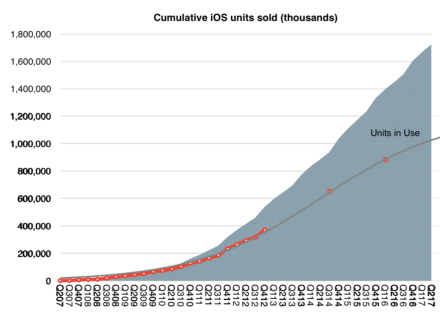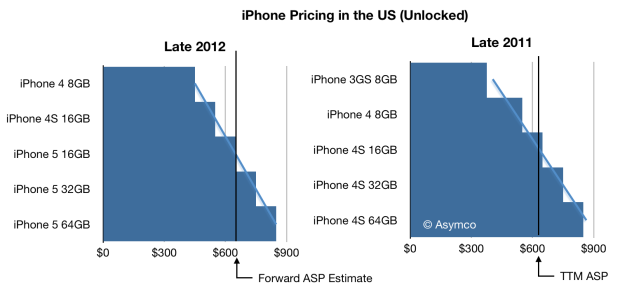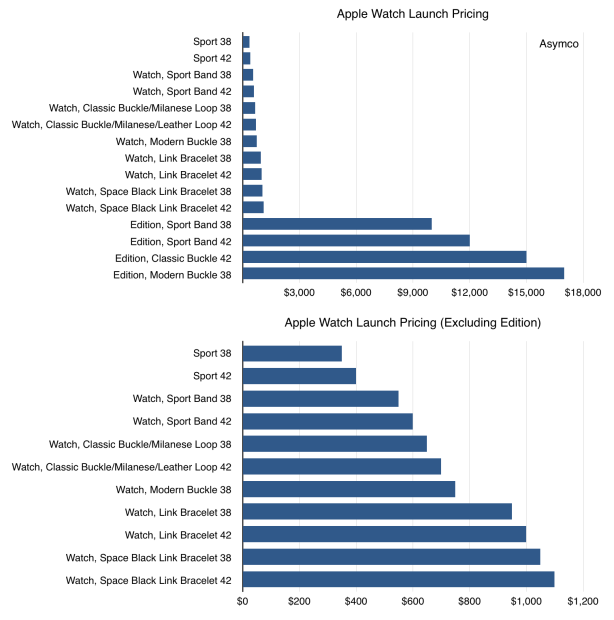Dan Niles, a former analyst who is now a portfolio manager, said on a CNBC appearance that the WWDC event actually had nothing of any real meat for investors
From Worldwide Developer’s Conference Prompts Analysts to Raise Apple Price Targets – 24/7 Wall St.
The “investors” that Dan Niles refers to are undoubtedly those who invest (or, more accurately, speculate with) money. But the audience for the event was an entirely different set of investors. These investors invest their passion, intellect and a substantial fraction of their lives with Apple.
For them WWDC had a great deal of meat. Indeed, for them, it was probably the most significant event Apple ever staged.
The path to realizing this is to imagine the world as the “D” in WWDC see it. Developers don’t just build. Using an analogy of building or construction, they are architects and designers as well as contractors and craftsmen and artists as well as builders. And not of just of houses but of cities and communities. They see and think through tools and techniques for building and innovations in building materials. Innovations which allow them to imagine first and, later, to build new cities in ways that were never before possible.
We were therefore witnesses to an event which was, in essence, a cement conference. A new building material was introduced along with the methods for using it and the tools for shaping it. Perhaps some observers expected to see skyscrapers and interstate highways presented, and thus were disappointed. But they should not have had such expectations. A cement conference is esoteric. It’s about the rudiments which, when combined with imagination, ingenuity and a lot of work, generate livable spaces.
A few spaces go beyond comfort and delight us. Fewer still enlighten and cause the sprit to soar.
And yet it was still a cement conference.
Perhaps the way to understand the show better would be to “play it backwards.” Rather than the way it was presented, let us begin with the end:
We were shown a new concrete formulation which when coupled with a new way of mixing, forming and curing can lead to increases in productivity of construction. This is especially true when producing shapes that are complex, intricate and built into modules.
We were then introduced to some pre-formed kits that allow the materials to be combined for new uses such as flexibly shaped hospitals and gyms. And we would have to stretch only slightly to imagine how this might lead to better health and wellbeing.
Then we were shown examples of new ways that this cement was used to create new work environments. We had a preview of “show homes” beautifully architected and designed. And these homes were seamlessly connected through new transportation networks and allowed for easier commutes. Again, it did not take much to imagine how these workspaces and homes would lead to greater productivity and how other spaces could be built around them that made such a collection of communities a wonderful place to be.
Some saw banks, and some saw art galleries and some saw warehouses, but all who were there were seeing a new world, populated by many loyal citizens.
Perhaps not populated by all. Indeed, such a country is not for everybody, perhaps only a billion people could be resident and it would not be cheap to live there. But still, imagine.
So this was the way I saw WWDC 2014. A cement conference cheered by cement enthusiasts but leaving Architectural Digest writers asking what the fuss was all about.


 In contrast, the watches are differentiated by size, materials and bands. There are also a total of 38 watch configurations available at launch (SKUs) and another 38 bands that can be purchased separately.
In contrast, the watches are differentiated by size, materials and bands. There are also a total of 38 watch configurations available at launch (SKUs) and another 38 bands that can be purchased separately.